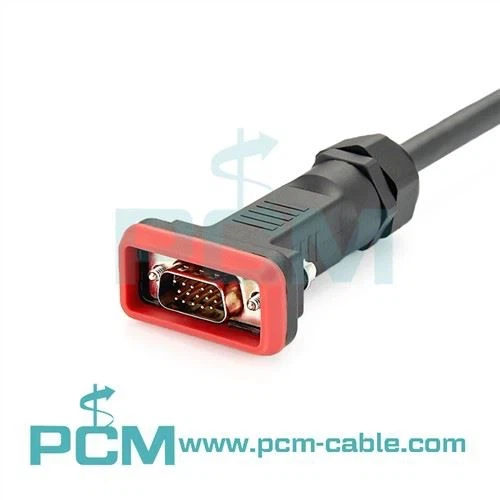With the rapid development of computer technology, some old interface standards are gradually being replaced by new ones, and FireWire is one of them. Although FireWire is not common now, it was an important data transmission interface in the past. However, many users still rely on FireWire devices, making it particularly important to connect them to modern computers. This article will provide a detailed introduction to the entire process of connecting FireWire to modern computers, as well as some possible problems and solutions.
Part 1: Understanding the FireWire Interface
Before starting the connection, we need to understand some basic knowledge. FireWire, also known as IEEE 1394 interface, is an interface standard used for high-speed data transmission, originally developed by Apple. It is faster than traditional USB interfaces and is particularly suitable for connecting professional devices such as video cameras, hard drives, and audio devices.
Part 2: Checking the Compatibility of Computers and Devices
Before attempting to connect to FireWire devices, ensure that both your computer and device support this interface. Most modern computers, especially laptops, no longer have built-in FireWire ports, so you may need to purchase a FireWire to other interface converter.
Part 3: Purchase suitable adapters or converters
If your computer does not have a built-in FireWire port, you can purchase an adapter or converter suitable for your computer type. Common options include FireWire to USB converter and FireWire to Thunderbolt converter, depending on your computer type.
Part 4: Install the required drivers
Before connecting FireWire devices, ensure that the appropriate FireWire driver is installed on the computer. Most modern operating systems (such as Windows 10 and macOS) automatically recognize and install the required drivers. But in some cases, you may need to manually download and install drivers.
Part 5: Connecting FireWire Devices
Once you have the required adapters and drivers, you can now connect to FireWire devices. Follow these steps to proceed:
Turn off the computer and FireWire devices, ensuring that they are both powered off.
Insert the FireWire cable into the FireWire port of the FireWire device.
Connect the other end of the adapter to the corresponding port (USB or Thunderbolt) on the computer.
Turn on your computer and FireWire device.
Part 6: Testing Connection and Troubleshooting
After the connection is completed, perform the following tests to ensure that everything is working properly:
Ensure that the device is correctly recognized in the computer. You can check for any entries related to FireWire devices in Device Manager (Windows) or System Information (macOS).
Attempt to transfer data from a FireWire device to a computer or from a computer to a FireWire device to ensure proper data transfer functionality.
If you encounter connection issues or data transfer failures, please check all connections, reinstall the driver, and ensure that the device is in a normal working state.
Although FireWire has gradually retired from the stage, it is still essential for some users. Connecting FireWire to modern computers through the use of adapters and drivers is not a difficult task. However, please note that due to technological advancements, FireWire devices may become more unstable in the future and may not be supported by modern systems. Therefore, it is recommended to find alternative solutions where possible to ensure that your data transmission needs are met.

Aug 09, 2023Leave a message
Connecting the Past to the Present: A Complete Guide to Connecting FireWire to Modern Computers
Send Inquiry




